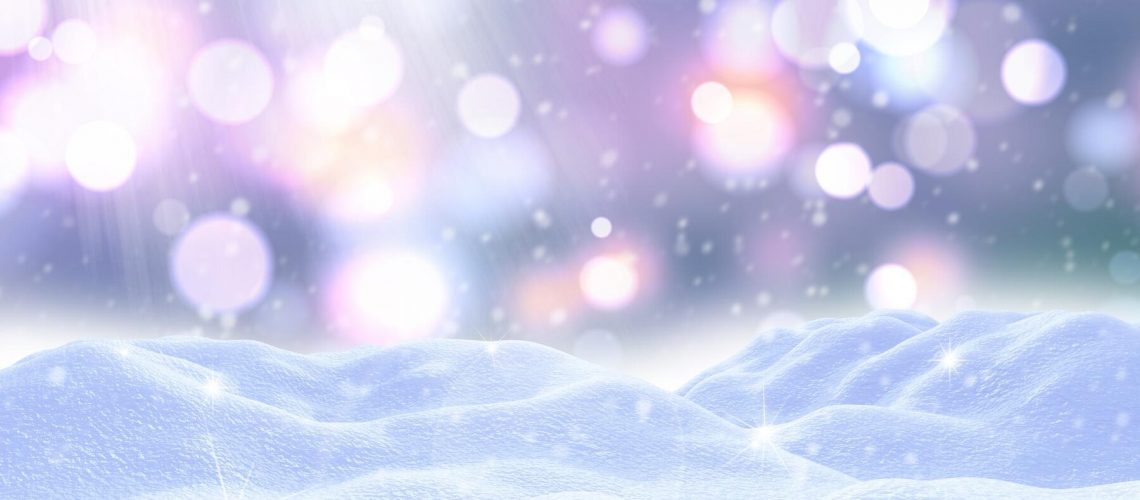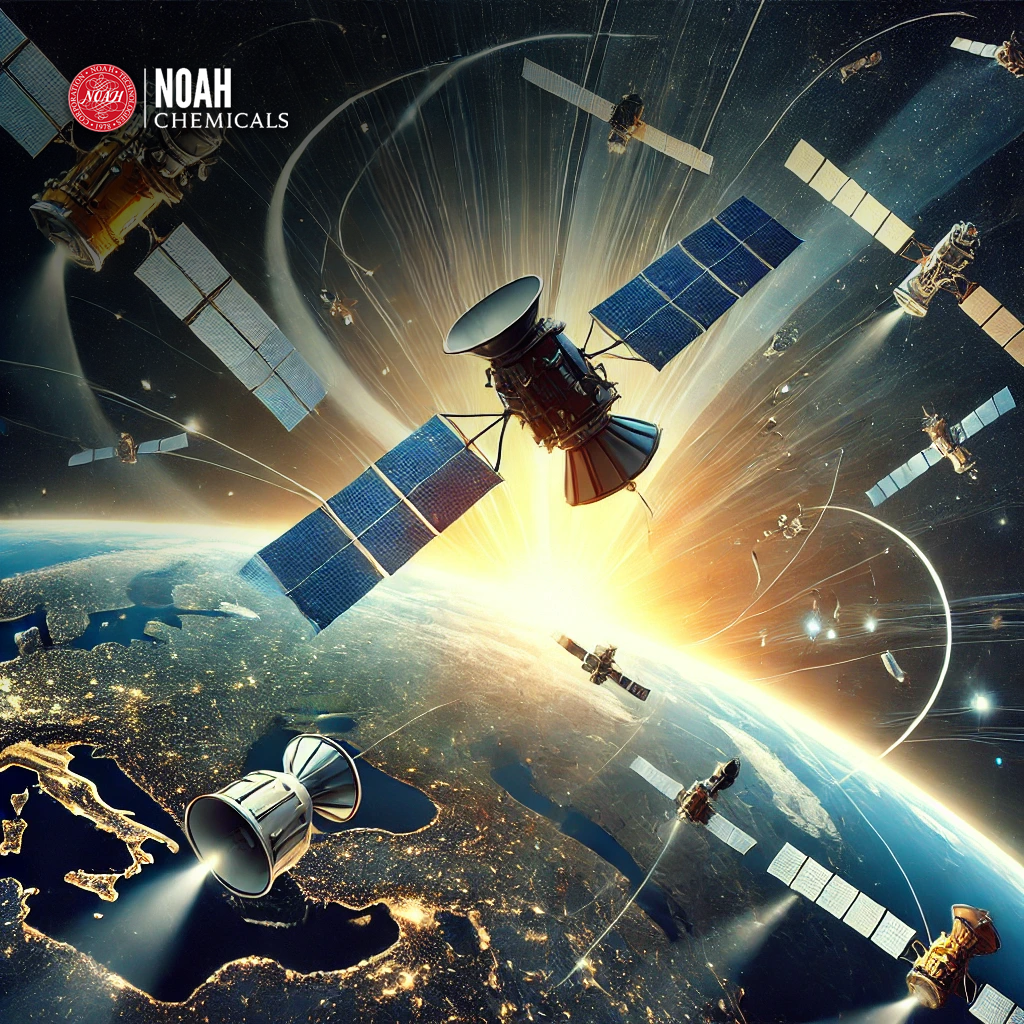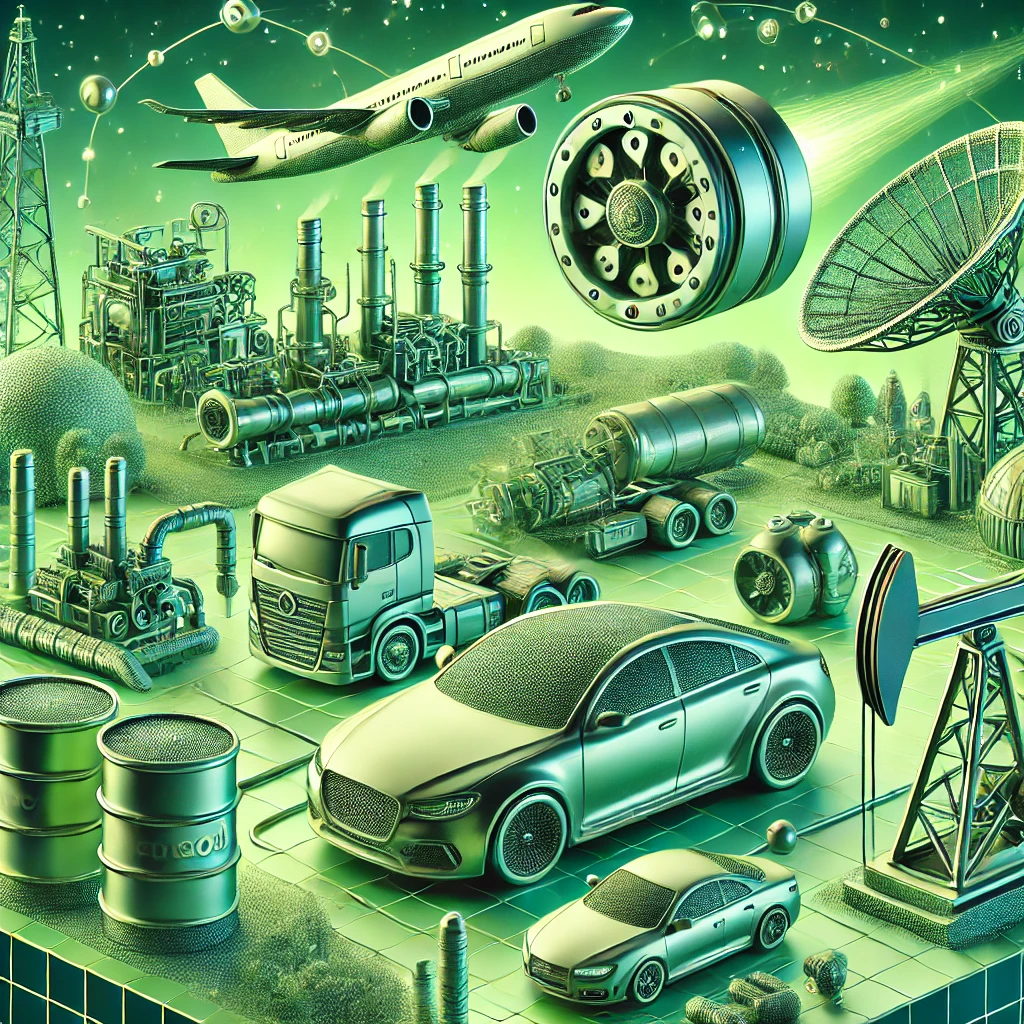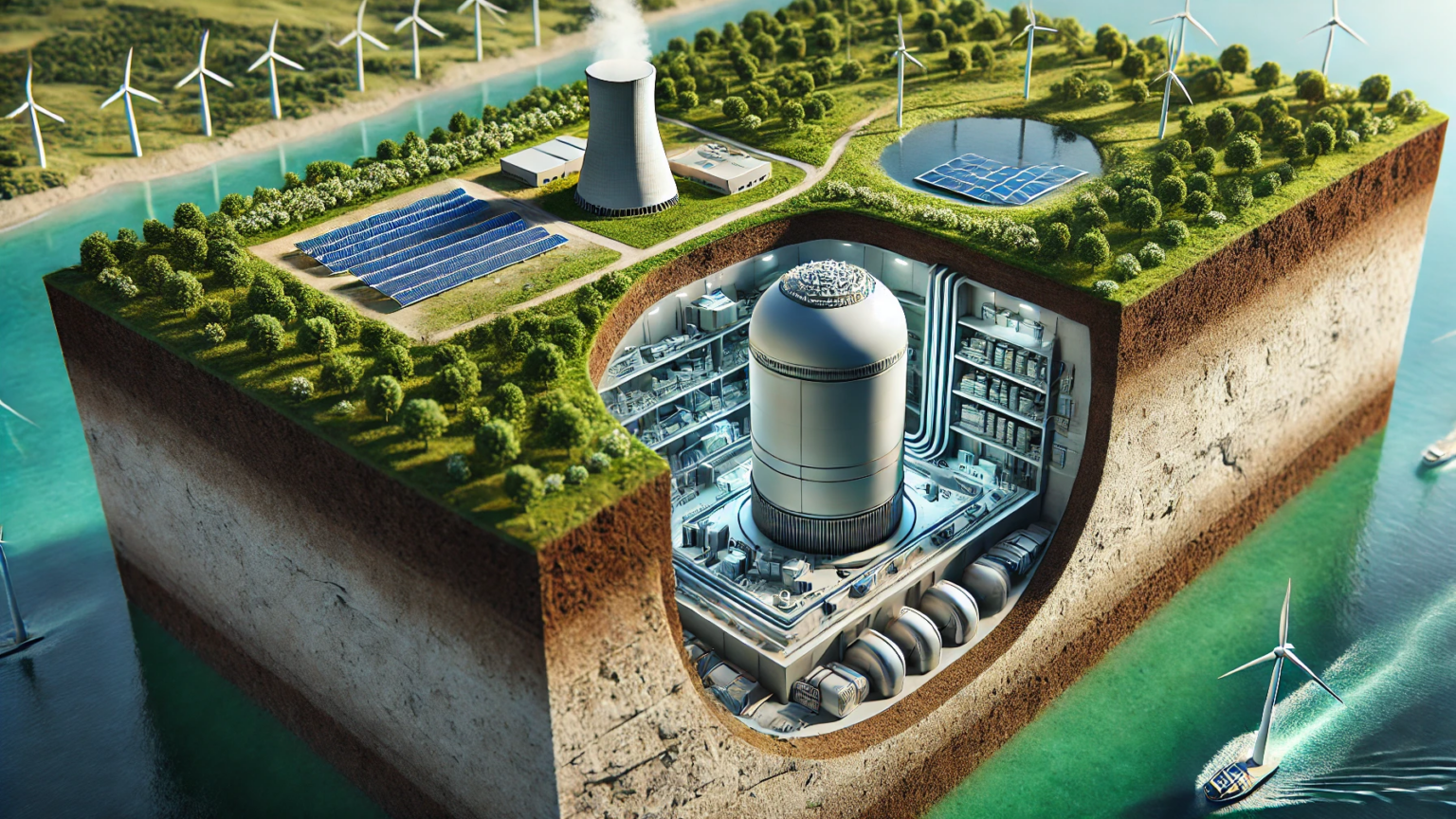The magic of a winter wonderland, often desired in regions where snow is scarce or during unseasonably warm periods, is frequently achieved through the marvels of artificial snowmaking. This process, crucial for ski resorts and winter events, relies on a fascinating interplay of chemistry, physics, and technology. Understanding how snow machines mimic nature’s own process of snow formation reveals a world where science meets seasonal enchantment.
The Basics of Natural Snow Formation
To appreciate artificial snow, one must first understand natural snow. Snow forms in the atmosphere when water vapor condenses and freezes around tiny particles in the air, creating ice crystals. As these crystals collide and stick together, they form snowflakes. This process requires specific atmospheric conditions, primarily sub-freezing temperatures and sufficient moisture.
Artificial snow machines don’t just freeze water to make snow; they replicate the natural process of snowflake formation, albeit in a more controlled environment. The key ingredients are water and nucleating agents.
Water Quality and Characteristics
The role of water in the snowmaking process is far more complex than simply freezing it to form snow. The quality of water used is a critical factor that influences not only the efficiency of snow production but also the characteristics of the artificial snow itself. Impurities in water can significantly alter the freezing behavior, the texture, and the durability of the snow, impacting its suitability for various winter activities.
Impact of Impurities on Freezing and Snow Quality
Water used in snowmaking often contains various impurities, including minerals like calcium, magnesium, and organic matter. These impurities can have several effects:
- Freezing Point Depression: Dissolved substances in water can lower its freezing point, requiring colder temperatures to produce snow. This can challenge snowmaking in marginal temperature conditions.
- Crystal Formation: Impurities can interfere with the crystalline structure of ice, affecting the shape and size of snowflakes. This alteration can result in snow that is either too icy or slushy for ideal winter sports conditions.
- Snow Density and Water Content: The presence of impurities can influence the density and water content of the snow. Heavier, wetter snow may be beneficial for some applications, like building a strong base layer, but it can be less desirable for activities requiring powdery snow.
To mitigate the issues caused by impurities, many snowmaking operations use deionized or distilled water.
Nucleating Agents
In the natural formation of snowflakes, microscopic particles such as dust, pollen, or volcanic ash in the atmosphere act as nucleation sites where water vapor begins to condense and freeze, forming ice crystals. Similarly, in artificial snowmaking, nucleating agents play a crucial role in initiating the formation of snowflakes. These agents are essential for mimicking the natural snowflake formation process under controlled conditions.
Types of Nucleating Agents
Nucleating agents used in snowmaking are typically categorized into two main types: organic proteins and inorganic particles.
- Organic Proteins: These are often biologically derived proteins that mimic the properties of natural ice-nucleating substances found in certain plants and bacteria. For example, a commonly used organic protein is derived from the bacterium Pseudomonas syringae, known for its ice-nucleating capabilities. These proteins work effectively at slightly higher temperatures, making them suitable for snow production in marginal freezing conditions.
- Inorganic Particles: These include various mineral-based particles that provide an effective surface for ice crystal formation. Inorganic nucleators are typically chosen for their stability, safety, and cost-effectiveness. They include substances like silver iodide, which has been used historically in cloud seeding, and more environmentally friendly alternatives like kaolin clay.
How Nucleating Agents Work
Nucleating agents work by providing a surface that facilitates the organization of water molecules into a crystalline ice structure. When water droplets come into contact with these particles, they freeze at a higher temperature than they would without a nucleus. This process is essential in snowmaking, where the conditions might not be as optimal as in natural snow formation environments.
- Surface Properties: The effectiveness of a nucleating agent depends on its surface properties, which must be conducive to ice crystal formation. The surface must allow water molecules to align in a pattern similar to that of an ice crystal.
- Particle Size: The size of the nucleating particles is also critical. They must be small enough to remain suspended in the water droplets but large enough to provide an adequate surface for nucleation.
Environmental and Health Considerations
The selection of nucleating agents also involves considering their environmental impact and safety. There is a growing preference for environmentally benign nucleating agents. Organic proteins, being biodegradable, are often preferred over synthetic or heavy metal-based agents. The agents must be non-toxic and safe for both the environment and the health of those coming into contact with the artificial snow, including wildlife.
The Physics of Snow Machines
Snow machines are sophisticated devices that harness principles of physics to simulate natural snowfall. The process involves a combination of water and compressed air to create and disperse snowflakes. This system is finely tuned to ensure optimal snow quality and efficiency.
Atomization of Water
Atomization is a critical step in the snow-making process, involving the conversion of water into fine droplets.
- High-Pressure Nozzles: Water is propelled through specialized nozzles at high pressure. These nozzles are designed to fragment the water stream into fine droplets, similar to the mist produced by a spray bottle but on a much larger scale.
- Droplet Size Control: The size of the water droplets is a key factor in efficient snowmaking. Larger droplets have a slower freezing rate and are more prone to falling as sleet or rain rather than snow. Conversely, extremely small droplets can evaporate or get carried away by the wind before freezing. The ideal droplet size strikes a balance, ensuring quick freezing while maintaining sufficient volume to form snowflakes.
- Nozzle Design and Adjustment: Snow machines are equipped with adjustable nozzles that can be fine-tuned based on temperature and humidity conditions. This adaptability is crucial for producing high-quality snow across different environmental conditions.
Rapid Cooling and the Joule-Thomson Effect
Compressed air plays a vital role in cooling the water droplets rapidly, a process governed by the Joule-Thomson effect.
- Expansion Cooling: When compressed air is released and expands, its temperature drops significantly. This principle is harnessed in snow machines where the expansion of compressed air not only disperses the water droplets but also cools them rapidly.
- Efficiency of Cooling: The efficiency of this cooling process is affected by ambient temperature and humidity. In warmer conditions, more compressed air may be required to achieve the desired cooling effect.
- Energy Considerations: The use of compressed air is energy-intensive, making the efficiency of the cooling process a key factor in the overall energy consumption of snowmaking operations.
Snowflake Formation
Once the water droplets are atomized and cooled, they begin to freeze and form snowflakes.
- Freezing Process: The cooled water droplets act as seeds around which ice crystals begin to form. This process is aided by the nucleating agents present in the water.
- Crystal Growth: As the droplets descend, they continue to grow by collecting additional water vapor from the air. This growth process is crucial for forming snowflakes that closely resemble those in natural snow.
- Controlled Descent: The speed of descent and the time taken for the droplets to reach the ground are carefully controlled to ensure complete freezing and proper snowflake formation.
Future Directions in Artificial Snowmaking
The future of artificial snowmaking is being shaped by the dual demands of efficiency and environmental sustainability. As climate patterns change and environmental awareness grows, the snowmaking industry is pivoting towards technologies and practices that reduce resource use and minimize ecological impact.
Energy-Efficient Snow Guns
The development of low-energy snow guns is a key focus. These systems aim to reduce the amount of compressed air required, thus lowering energy consumption. By optimizing the air-to-water ratio and improving nozzle design, these snow guns can produce snow more efficiently.
Automation in snowmaking can also lead to significant energy savings. Automated systems can adjust to weather conditions in real-time, optimizing snow production and reducing waste. Sensors and AI-driven algorithms can determine the optimal settings for temperature, humidity, and wind conditions.
Improved Nucleating Agents
Research into nucleating agents is focusing on materials that are both environmentally friendly and more effective at higher temperatures. This would allow snowmaking in a wider range of climates and reduce the dependency on extremely cold temperatures.
There’s potential in biotechnology to develop new, organic nucleating agents. These could be designed to mimic the most efficient natural ice-nucleating bacteria, offering a more sustainable and possibly more effective alternative to current chemicals.
Advanced Water Management
Innovations in water management, such as recycling meltwater or using alternative water sources (like treated wastewater), can significantly reduce the water footprint of snowmaking. Advanced systems that precisely control water flow and droplet size can reduce the amount of water needed to produce snow, leading to conservation of this vital resource.
Systems for Diverse Temperature Ranges
Developing snowmaking technology that can operate efficiently across a broader spectrum of temperatures is a priority. This involves not only improving the physical hardware but also refining the chemical aspects, like developing more versatile nucleating agents.
As global temperatures rise, the ability to produce snow in warmer conditions becomes increasingly important. Innovations in this area will ensure the viability of winter sports and activities in a changing climate.
Balancing Technology and Sustainability at Noah Chemicals
The creation of artificial snow is a complex interplay of chemistry and physics, harnessing the principles of natural snow formation in a controlled, technological setting. While it allows for winter sports and festivities in places and times where natural snow is not available, it also poses challenges in terms of resource use and environmental impact. As technology advances, the future of artificial snowmaking lies in making the process more sustainable and efficient, ensuring that the wonder of a winter landscape remains accessible to all.
At Noah Chemicals, we understand the delicate balance between technological progress and ecological responsibility. We invite you to join us in this journey towards a more sustainable future. Explore our range of products, contribute to the dialogue on sustainable snowmaking solutions, and become a part of a community that values both technological advancement and environmental care.




